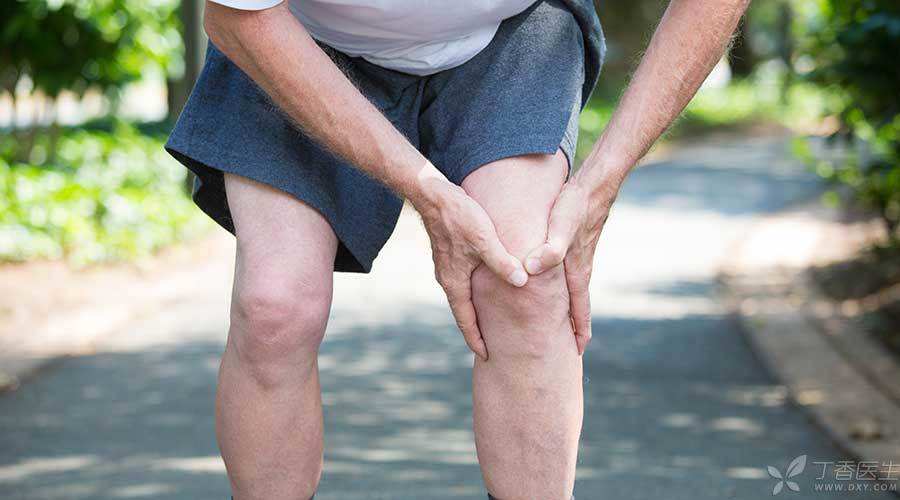
At the 2016 Rio Olympics, every moment of winning the gold medal will make the audience cheer. The top athletes standing on the Olympic stage have long been black and blue after years of hard training behind their glamorous scenes.
Many of them still rely on training to prepare for the Olympics. For example, table tennis players Zhang Jike and Zhang Yining, and sailing player Xu Lijia insisted on participating in the Olympic sailing competition due to shoulder injury before the match.
Ordinary people are no stranger to the name of “blocking”. Many patients with chronic pain of knee joint and shoulder joint will also receive the treatment method of “blocking”.
So what exactly is [sealing needle]?
What is occlusive therapy, occlusive needle?
Tracing back to its origin, [Closed Therapy] originated from the Soviet Union, and [Closed Therapy] first appeared in China in the 1950s and 1960s, which was a difficult era when the Soviet Union assisted China and Europe and the United States imposed a complete blockade on China.
Just at that time, the productivity level in the vast rural areas was low, and chronic pains such as waist and leg pain and shoulder strain were very common among the common people. It was urgent to find an effective way to relieve the pain to complete the task of grain production.
At that time, China’s village doctor policy was promoted because of the limited educational level, most of the village doctors were not from medical classes and lacked theoretical knowledge, while the pain point injection of [closed therapy] was simple and easy to train.
After a long time, I got used to being called, so the word [closed] is still popular to this day.
In fact, with the development of medicine, the statement of “blocking” is not in line with the times. In pain treatment, it should be called nerve block and local injection therapy. These two terms are common in the world, scientific and standardized.
Why can blocking relieve pain?
At present, the standard pain treatment is carried out in the form of [blocking], mainly including local injection therapy and nerve block.
Local injection therapy
Injection therapy in soft tissue or joint cavity of multiple fingers. Glucocorticoid and local anesthetic are mixed and then injected locally at the place where pain occurs.
The above-mentioned closure of athletes participating in the Olympics before the competition should refer to this kind of treatment.
Pain caused by sports injuries is mostly soft tissue injury and aseptic inflammation. After mixing glucocorticoid and local anesthetic, local injection can play a strong anti-inflammatory and analgesic role in the place where inflammation occurs.
Nerve block
Local anesthetic drugs are used to paralyze the sensory nerves of the corresponding parts, thus achieving the purpose of analgesic and producing long-term analgesic effect.
Shoulder pain and lumbago may be blocked.
Local injection therapy of pain points is mainly aimed at aseptic inflammation of soft tissues, joints, etc.
Therefore, some chronic pain, arthritis or sports injuries, such as scapulohumeral periarthritis, tennis elbow, lumbar muscle strain, various bursitis, and even rheumatoid arthritis, may be treated by local injection of pain points.
Local injection of pain points is usually once a week, and a course of treatment requires 4-6 times. According to different diseases, the specific drugs injected and the course of treatment will vary. The purpose is to relieve symptoms, improve quality of life and prevent complications.
Is this treatment addictive?
Not addictive.
Many patients receiving local injection therapy will have less effect than before after several courses of treatment. This is a manifestation of tolerance and addiction is two different things.
As a patient, the disease itself should be systematically treated at the same time.
Who should use local injection therapy with caution to relieve pain?
Mainly considering the side effects of drug injection, hypertension, diabetes, gastric and duodenal ulcer, osteoporosis, acute suppurative inflammation, psychiatric patients or pregnant women should be used with caution.
What should be emphasized more is that nerve block and local injection therapy are aimed at relieving symptoms. In addition, systematic treatment should be carried out for primary diseases.
If the symptoms of chronic pain have not completely disappeared after repeated local injection treatments, a professional doctor should be consulted for comprehensive treatment, such as massage, traction, physical therapy, internal and external medication, etc., so as to control the disease condition and promote recovery.
Some [occlusive therapies] are not formal.
Many non-pain treatment doctors, even some non-medical personnel, lack systematic theoretical knowledge and training, and are keen to inject various drugs into pain points, traditional Chinese medicine acupuncture points or nerve trunks to relieve pain. They call themselves [blocking therapy].
In addition to hormones and local anesthetics, many kinds of drugs are even added, such as antibiotics, traditional Chinese medicine preparations, anti-immune preparations and anti-tumor drugs. Although these therapies can relieve the pain of some patients, they have also caused many complications and medical disputes. Some people even claim to be “going all over the world with one needle” for the purpose of making money.
It is hoped that patients with chronic pain will not blindly believe in some unrealistic propaganda, choose regular hospitals and use appropriate treatment methods.
